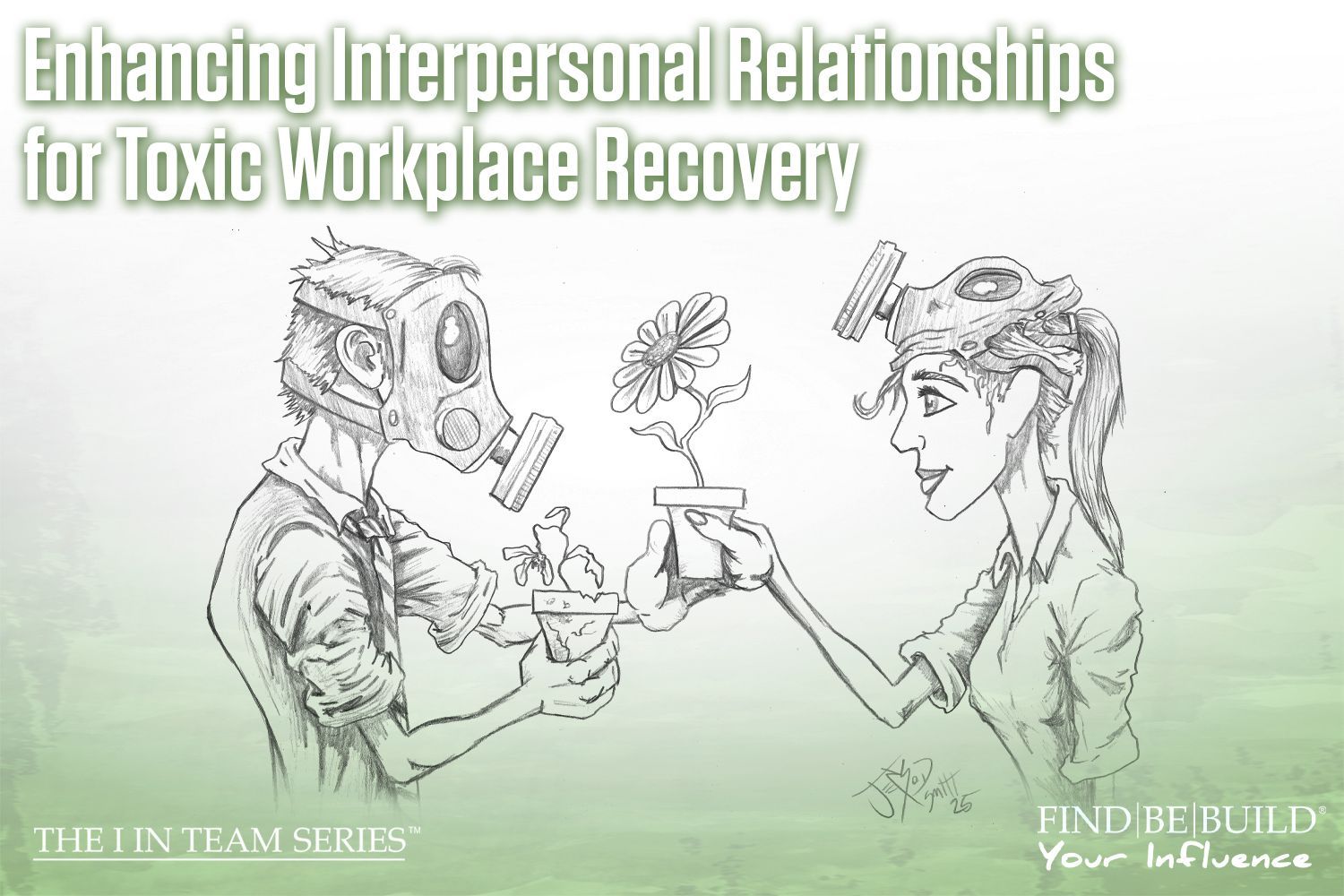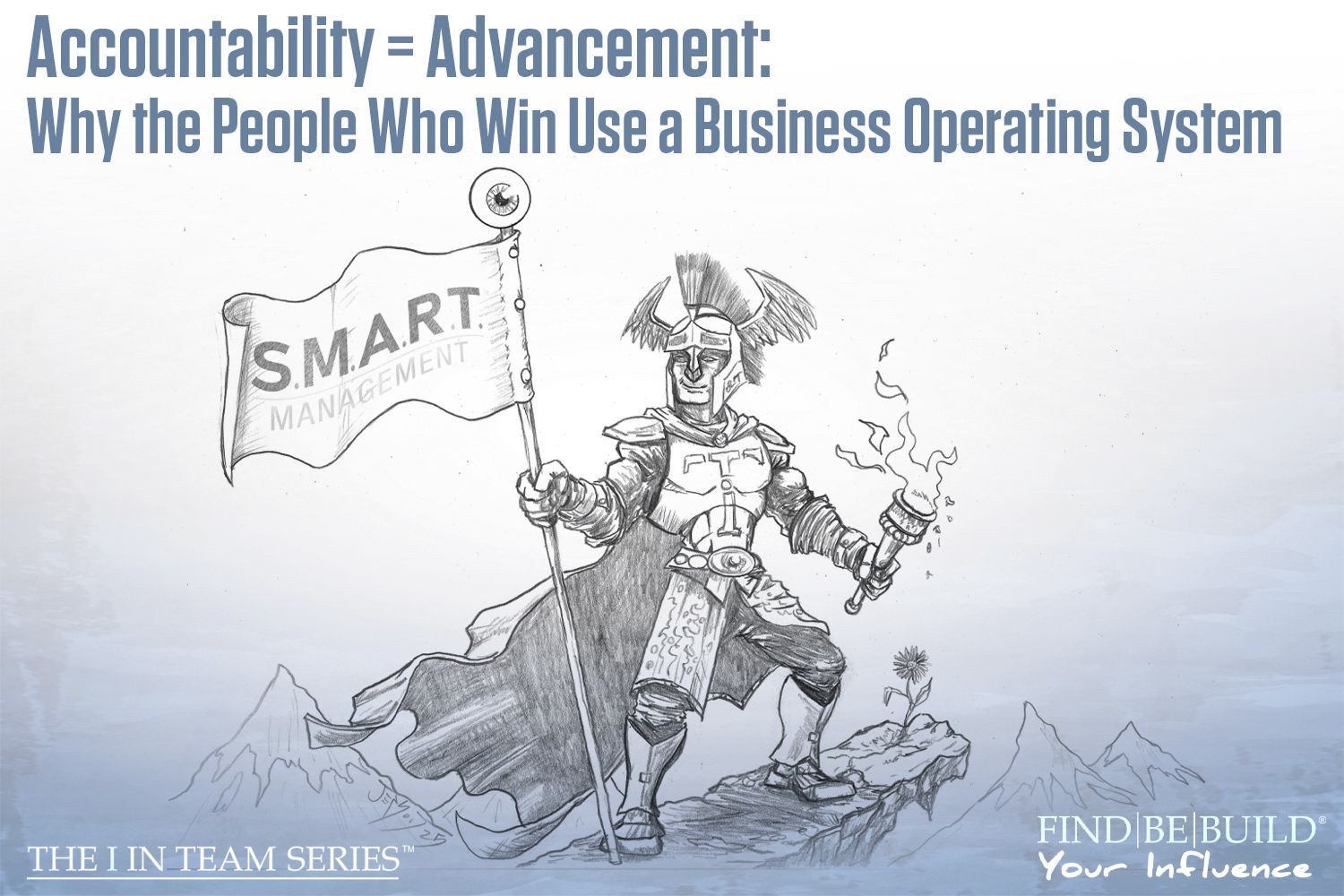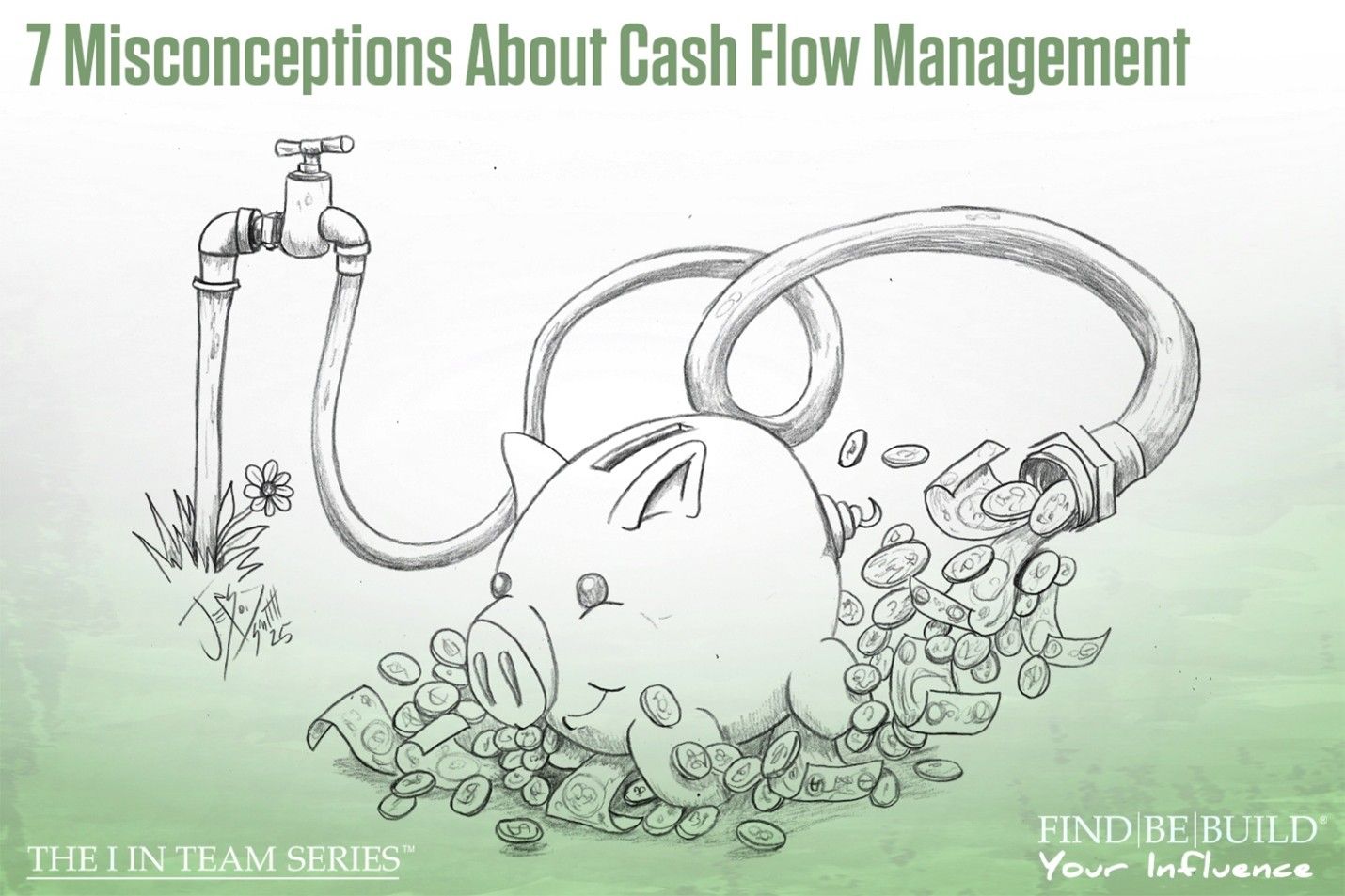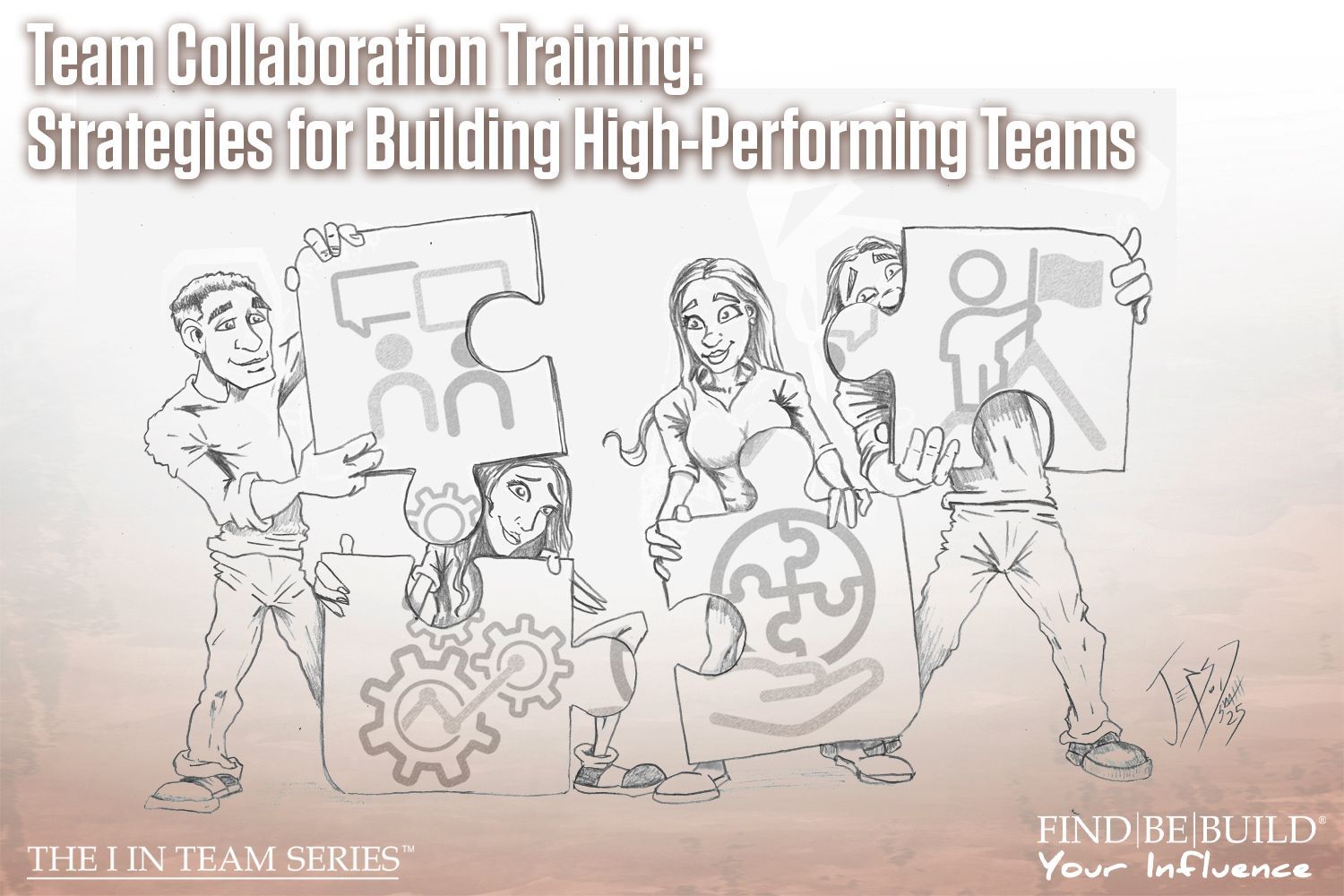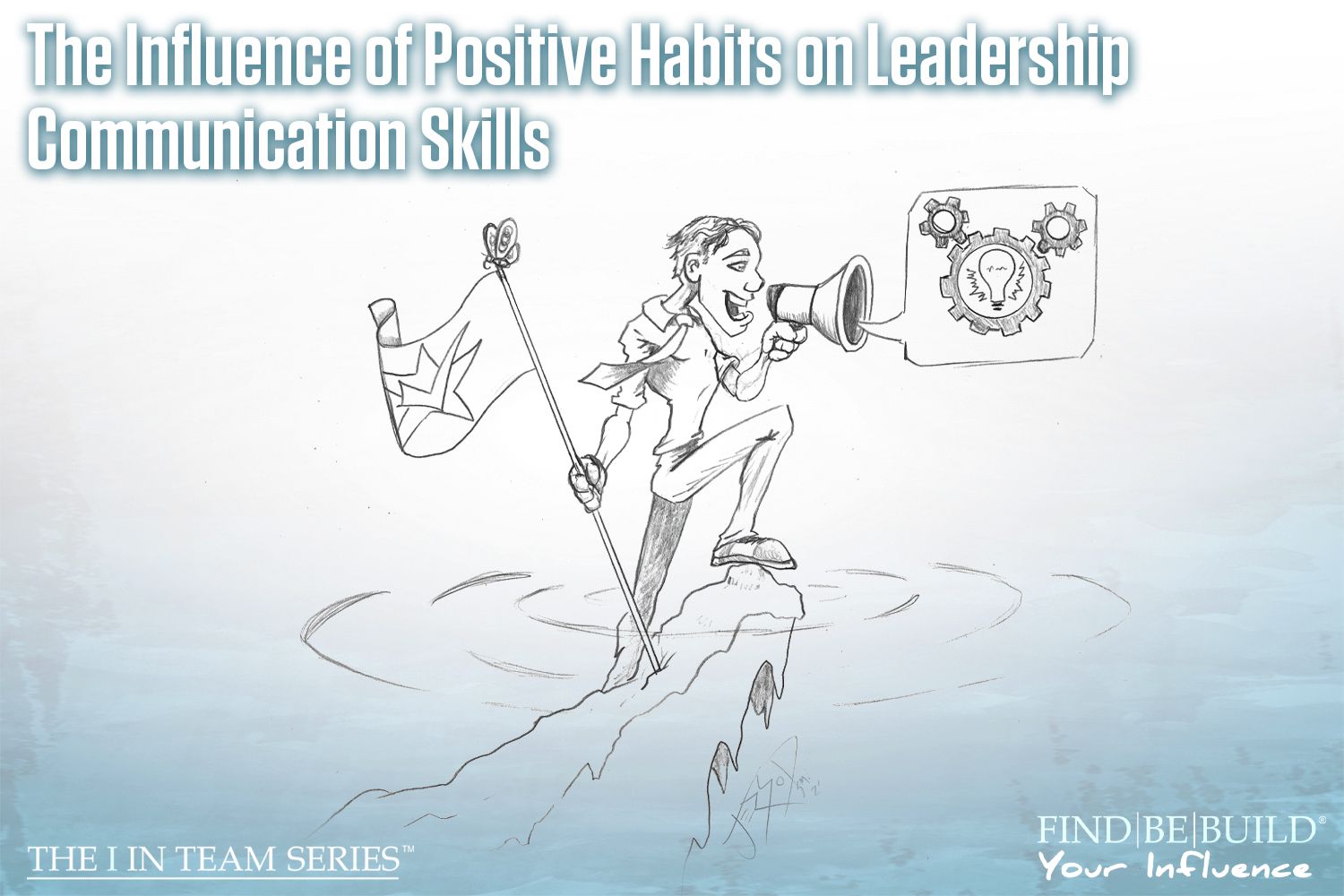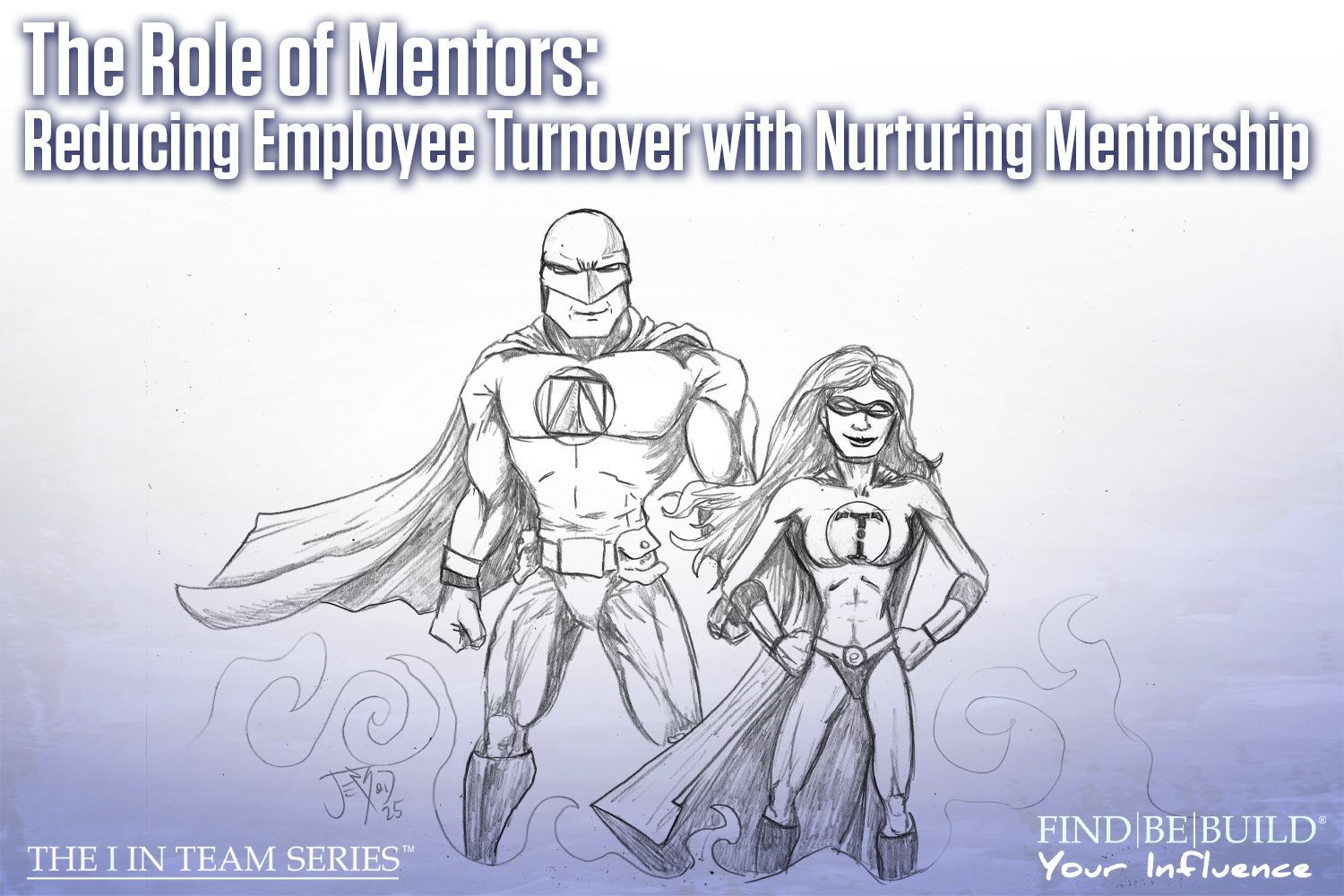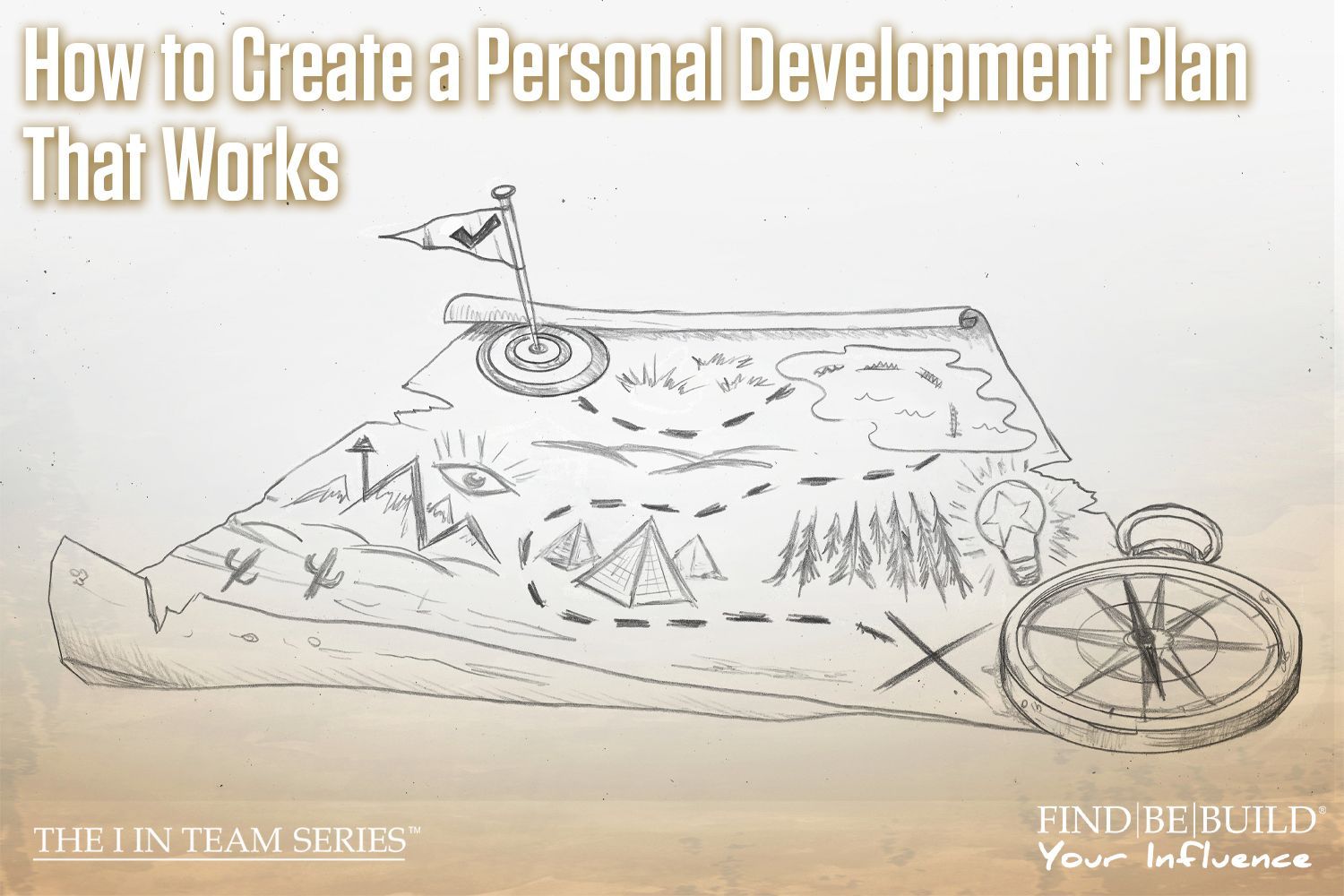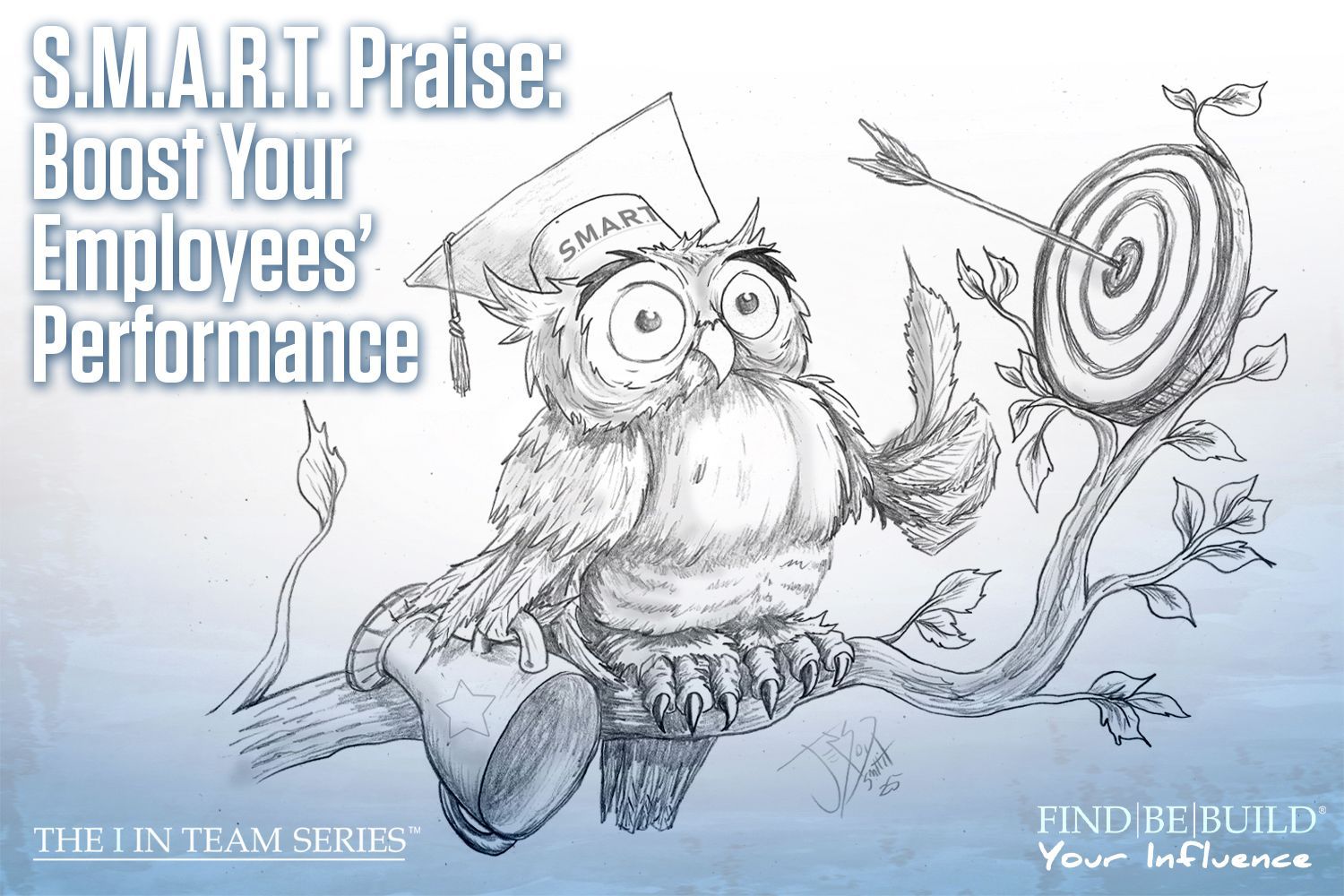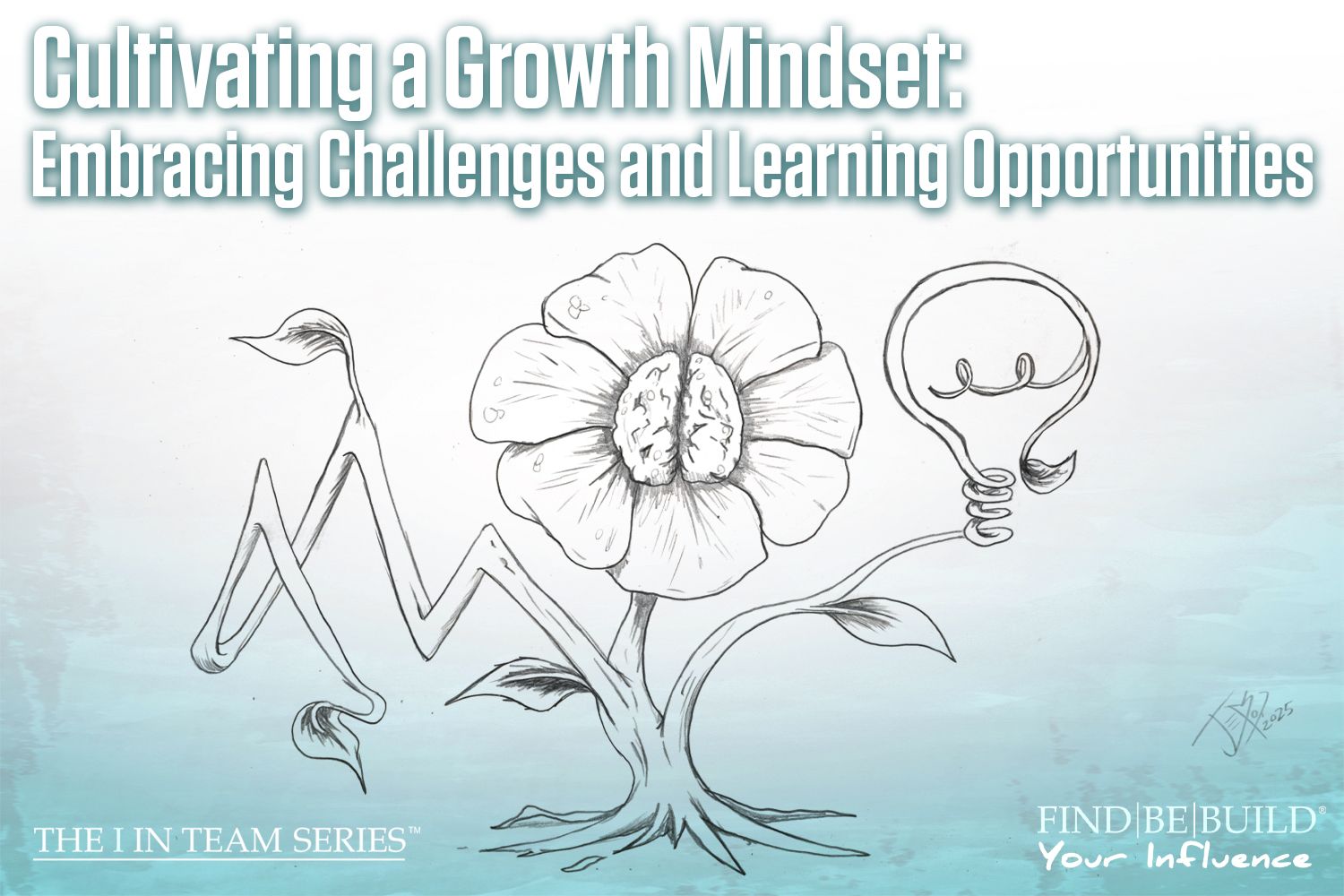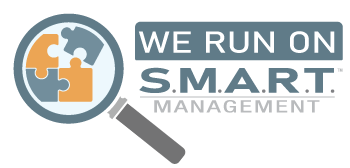Succession Planning for Leaders: Getting Your Team Ready

Happy November, team! It’s me, Mary, here to share another topic that will help you
Find,
Be, and
Build
your positive influence. All good things must come to an end; every leader will eventually retire or take a step back from their organization, passing the baton to the next leader. However, many organizations fail to properly plan for this event, which causes immense disruptions throughout the company. Succession planning for leaders should be top of mind years before they step away. When done well, a proper succession plan will ensure business continuity, preserve culture, and empower employees. If you’re planning your exit strategy, here is how you can get your team ready.
Identify and Develop Potential Talent
You might already have a successor in mind, but don’t put all your eggs into one basket. Developing multiple successors for key roles helps distribute responsibility and creates greater flexibility in the event of unexpected changes. Use performance evaluations, feedback, and peer reviews to identify potential successors. You might consider mentoring them or providing opportunities for continued learning. Keep in mind that each new team leader must possess a growth mindset, meaning they will have future potential for learning and agility. If necessary, address concerns about favoritism early by explaining that the purpose of selecting a successor is for long-term growth and sustainability, not immediate replacement.
Communicate Early and Transparently
Communication is truly the bedrock of all relationships. Notifying your team that you are planning to leave or step back is imperative, but you will also need to assure them that you will not leave them with incapable leaders. Be honest about your plan to identify and develop talented people who will commit to business continuity.
During the transition, hold regular meetings to keep everyone in the loop. Being transparent about the changes everyone will experience will help reduce anxiety and build trust. The best policy is to communicate each stage of the plan often, so everyone remains on the same page.
Document and Transfer Knowledge
While you will likely still be around after your departure from the organization, you will want to prepare your team to be without you. That means you must document the knowledge you have and share it with your team. Capture key processes, relationships, and insights from both you and any other key information holders (even if they aren’t leaving). If you don’t have an information-sharing platform already (SharePoint, Drive, Dropbox, etc.), sign up for one and store all the documents there to ensure information is not lost during the transition. If you already have some potential successors, consider having them shadow you while you are compiling this knowledge.
Align Succession Plan with Strategic Goals
Succession planning for leaders includes aligning those plans with the organization’s strategic goals. Remember, you are not simply ensuring new leadership covers current operations but will support the company’s future as well. The more you think about how the organization will run without you long-term, the easier the transition will be for everyone on the team. (That is, as long as you communicate and remain transparent!)
You may also consider evaluating the team in its entirety to determine if there are any critical skills needed over the next 3 – 5 years. If any are missing, close the gaps through either training or hiring.
Celebrate Growth and Change
Change is constant, but that doesn’t make it any less nerve-wracking. Leaders can frame their succession plan in a positive light by demonstrating how the change is an opportunity for the team to grow stronger together. Throughout the process, continue to recognize and celebrate milestones – new promotions, retirements, mentoring success, new family members, etc. – to reinforce a positive culture around transitions.
Succession Planning for Leaders is Easy with IA Business Advisors
Succession planning is a massive task that must be performed with care and due diligence. It requires a long-term plan and effective communication to be brought to fruition with positivity. At IA Business Advisors, we know how much work this takes and how stressful it can be for anyone who is affected. We have helped hundreds of teams successfully transition leadership and remain viable companies long after the original leadership has retired. It would bring our team joy to help you with your succession planning. Contact us today to get started.
